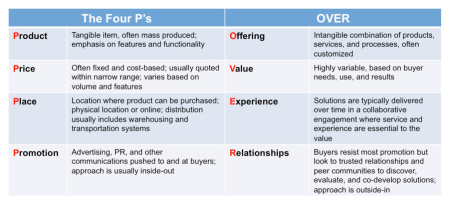2014 is looking like another big year for Content Marketing. Do a search and you’ll find a vast source of predictions from the Content Marketing Institute, Mashable, research analyst Forrester, the IAB and others. All sources forecast business spending will be up for Content Marketing this year. Depending on whose report you believe the CM budget will increase 58% to 75%.
While more is spent on Content Marketing are the efforts more effective? At the recent Northern California Business Marketing Association (BMA) meeting in Silicon Valley, an experienced panel of Content Marketing experts tackled the question and shared their challenges and struggles to make content marketing a success.
Informative presentations, different perspectives and implementations were shared. One that I found most insightful came from Jeremiah Glodoveza, Director, Public Relations and Social Media at NetApp.
Much has been written and said about the importance of SEO and content strategy for CM success – but we have not heard much about (if at all) the need for organizational change to support CM effectiveness and success. Jeremiah shared that his company is in process of changing its marketing organization so it can better integrate content marketing campaigns – restructuring from functional silos to an interconnected organization.
(These charts are examples only, not NetApp charts).
The change will bring together marketing functions that often times are working independently and with goals that are not aligned .
The new organizational structure is intended to better support collaboration and consistency in messaging and campaigns as well as sharing common goals across marketing functions like PR, technical writing, and communications. Jeremiah believes that more companies will begin making this kind of change to their marketing organizations.
Hats off to NetApp for thinking out of the silo. Making a radical organizational change like this one isn’t easy. It will be interesting to find out if NetApp’s Content Marketing is more effective as a result.
Resources: NorCal BMA Meeting, January 22, 2014, panel discussion, Content Marketing: Why Is A Publisher’s Point of View Essential Today













